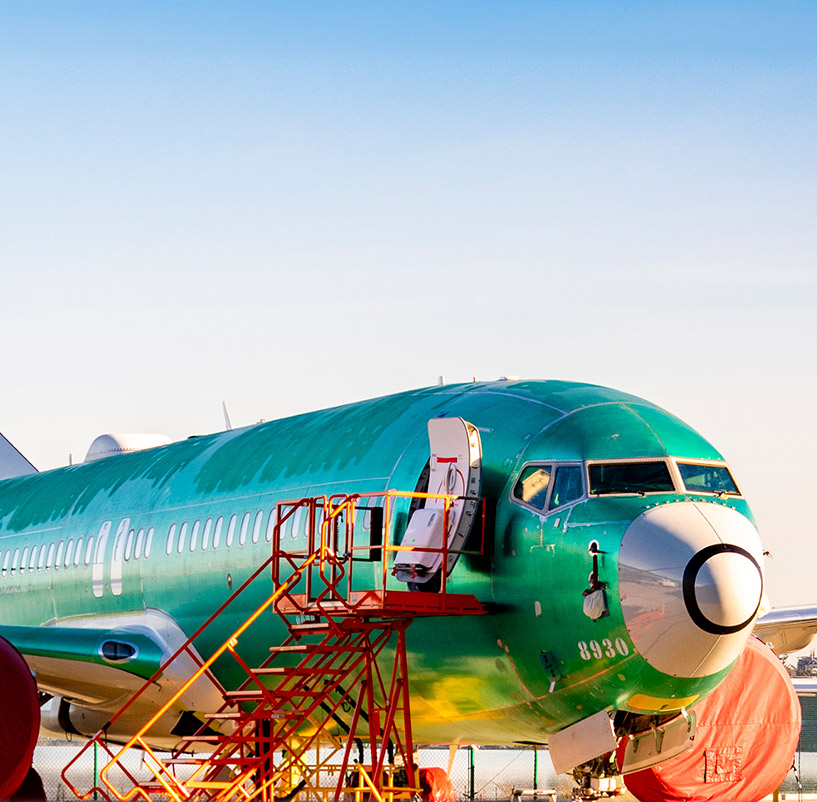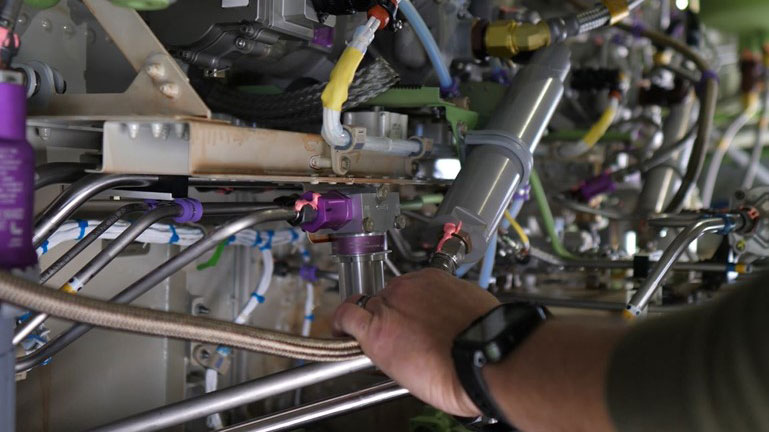A significant component of our Safety & Quality Plan is the identification of six key performance indicators (KPIs) focused on safety and production health:
- Employee proficiency measures share of employees currently staffed who are deemed proficient in core skills.
- Notice of Escape (NoE) rework hours measures time performing rework due to non-conforming work from Fabrication and suppliers.
- Supplier shortages measures shortages per day from Fabrication and suppliers.
- Rework hours per airplane measures time spent performing rework in Final Assembly.
- Travelers at factory rollout measures unfinished jobs traveling from Final Assembly.
- Ticketing performance measures quality escapes per ticketed airplane prior to delivery.
Each KPI has defined criteria that help identify areas of potential risk to our operations and trigger corrective action through our Safety Management System (SMS). These metrics have helped Boeing conduct more targeted safety risk assessments in priority areas and maintain production health.







































